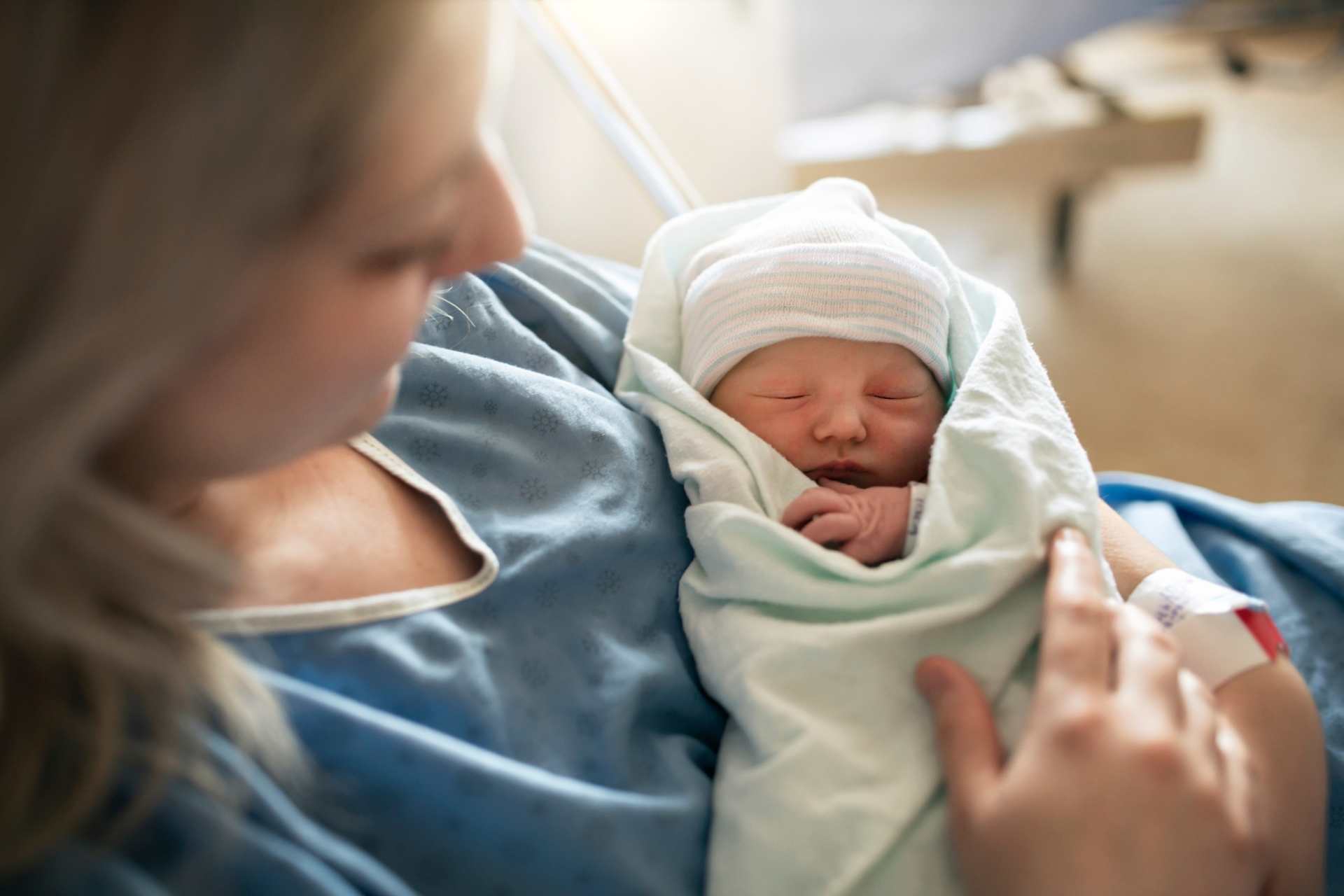What is already known
Sepsis is one of the main causes of mortality in newborns, especially in low- and middle-income countries. Infections with multi-drug-resistant bacteria, or bacteria that have become resistant to certain antibiotics, often precede sepsis. However, it is unclear how and when newborns acquire these infections.
What this research adds
Researchers collected more than 18,000 rectal swabs from mothers and their newborns, including 626 with sepsis, in seven low- and middle-income countries. A large number of samples carried genes linked to antibiotic resistance: for example, microbiota samples from about 1 in 5 newborns carried a gene encoding an enzyme that can destroy a popular class of antibiotics. Antibiotic-resistance genes appeared within hours of birth, likely transmitted from the mother or the hospital environment. Poor handwashing and use of antibiotics by mothers were associated with an increased risk of adverse birth outcomes and neonatal sepsis.
Conclusions
The findings suggest that antimicrobial resistant bacteria are present in newborns after just a few hours of life. They also help to understand the routes of transmission of antibiotic-resistance genes.
Sepsis, which often derives from infections with bacteria that have become resistant to certain antibiotics, is one of the main causes of mortality in newborns, especially in low- and middle-income countries. New research suggests that, in these countries, antimicrobial resistant bacteria are present in newborns after just a few hours of life.
The findings, published in in Nature Microbiology, offer insights into the routes of transmission of antibiotic-resistance genes. They could also help to inform infection prevention and control strategies.
Sepsis is a life-threatening condition that occurs when the immune system overreacts to an infection, leading to tissue damage, organ failure and death. Sepsis is often preceded by infections with multi-drug-resistant bacteria. Most infections occur in newborns in low- and middle-income countries. However, it is unclear how and when babies acquire these infections.
To address this question, Maria Carvalho at Cardiff University and her colleagues collected more than 18,000 rectal swabs from mothers and their newborns in seven low- and middle-income countries.
The study was part of BARNARDS (Burden of Antibiotic Resistance in Neonates from Developing Societies), an international effort that investigates the effects of antimicrobial resistance on neonatal diseases and deaths in Bangladesh, Ethiopia, India, Nigeria, Pakistan, Rwanda and South Africa.
Resistance genes
Of nearly 3,000 neonatal rectal samples, 626 were from babies with sepsis and 2,305 from babies without sepsis. A large number of samples from both groups of newborns carried genes linked to antibiotic resistance.
Microbiota samples from about 1 in 5 newborns carried a gene encoding an enzyme that can destroy a popular class of antibiotics, including carbapenems. In 412 samples, the researchers identified carbapenems-resistant bacteria.
About 150 samples showed a high diversity of bacterial species that were resistant to several antibiotics. Escherichia coli, Klebsiella pneumoniae and Enterobacter cloacae were the most common bacteria, and isolates from different samples were often closely related, suggesting that the microbes had been transmitted from the mother or the hospital environment.
Preventing infections
The researchers found that antibiotic-resistance genes appeared within hours of birth. Poor handwashing by mothers increased the risk of carrying resistance genes, as did the use of antibiotics by mothers in the three months prior to being enrolled in the study.
Mothers who carried resistance genes were at increased risk for adverse birth outcomes and neonatal sepsis, the researchers found.
The findings highlight the need to improve measures that prevent infections in low- and middle-income countries. “This study shows that transmission dynamics can be very complex, as we found links between carriage, infection, and sanitation and hygiene,” says study co-author Kirsty Sands. “We need to continue our research to fully understand these transmission dynamics, which could help to guide better infection prevention and control measures.”











